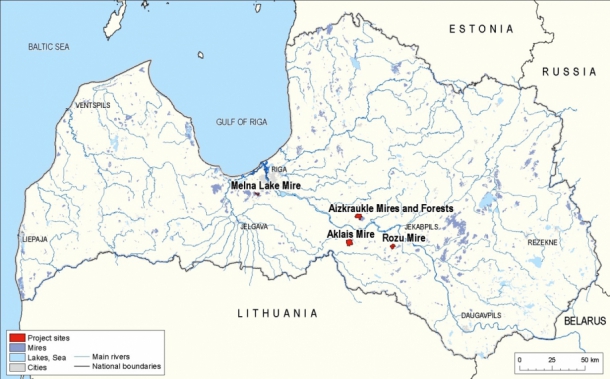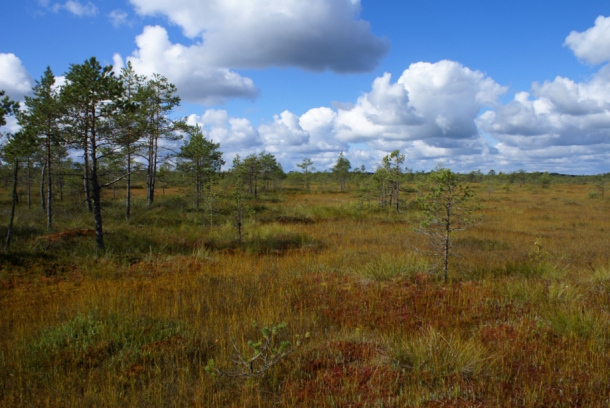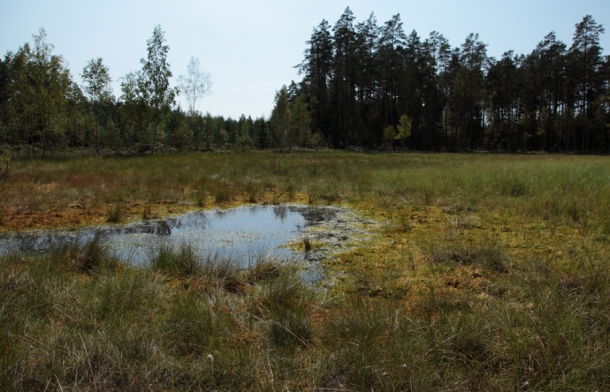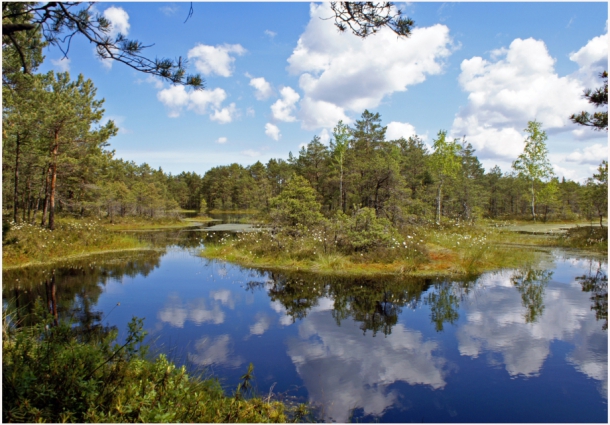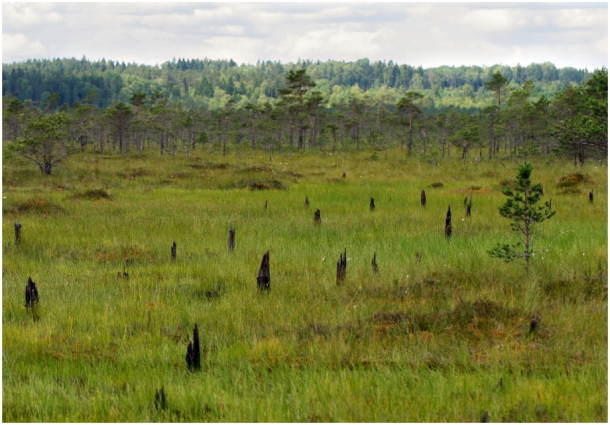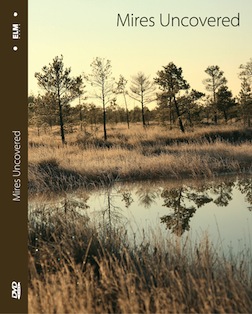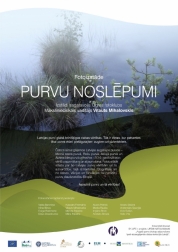Project Sites
Raised bog restoration will take place in four Nature Reserves and Natura 2000 network sites: Aizkraukle Mire and Forests, Rožu Mire and Aklais Mire in Central-Southern part of Latvia and Melnais Lake Mire near Rīga. In the project sites active raised bog habitats and degraded raised bog habitats still capable of natural regeneration occur. Aizkraukle and Melnais Lake Mire border with peat extraction area. Habitat restoration has to be carried out to stop the further desiccation of the Nature Reserves. These are significant mire and bog woodland areas and play important role in plant and animal protection.
Aizkraukle Mire and Forests (1532 ha). There are several forest islands in the Aizkraukle Mire.
Old linden rich deciduous forest with ashes is growing on the biggest island and forests around the mire are varied.
Aklais Mire (2003 ha). Aklais Mire is an important area for bog woodland and dystrophic lake protection.
There are several natural forest habitats found in the Reserve.
Melnais Lake Mire (317 ha). Nature Reserve is a small part of the former Mire which was one of the biggest in Latvia.
Because of the peat extraction the mire has been divided into several.
Rožu Mire (991 ha). Nature reserve is an important area for the mire and bog woodland protection.
There are broad areas of open raised bog.
Habitats
The main value of the four project sites is the active raised bog habitats. The sites include also other habitats, like bog woodland, transition mires and quaking bogs, depressions on peat substrates of the Rhynchosporion, degraded raised bogs still capable of natural regeneration, natural dystrophic lakes and ponds, Fennoscandian deciduous swamp forests, Western taiga and Fennoscandian natural old broadleaved forests. These are habitats of European importance.
Plants
Sphagnum species play an important role in the raised bogs. They grow slowly but at the same time are the main peat formers. They form the special raised bog microclimate and micro-relief with hummocks, pools and hollows. Some specific plant species occur in the bogs, like Hare’s-tail Cottongrass, Cranberry, Bog-rosemary, Round-leaved Sundew and Cloudberry. In Aklais Mire, Aizkraukle Mire and Forests various orchid species are known, like Common Spotted, Early Marsh, Spotted and Lesser Butterfly Orchid.
Animals
Golden Plover, Crane and Wood Sandpiper are nesting in the project sites. There are Black Grouse leks in bogs and Capercaillie leks in forests around them. Forests are also a home for the Black and White-backed Woodpeckers, as well as for Eagle Owl, Tengmalm’s Owl and Ural Owl. Ospreys breed in or near the raised bogs. During autumn migration, the bogs are a stop-over place for resting Bean and White-fronted Geese. In the project sites at least 22 bird species of European interest are known. In Aklais and Rožu Mires beavers help to maintain the mire hydrological regime. In these raised bogs protected Large White-faced Darter and other bog specific invertebrates are present.

